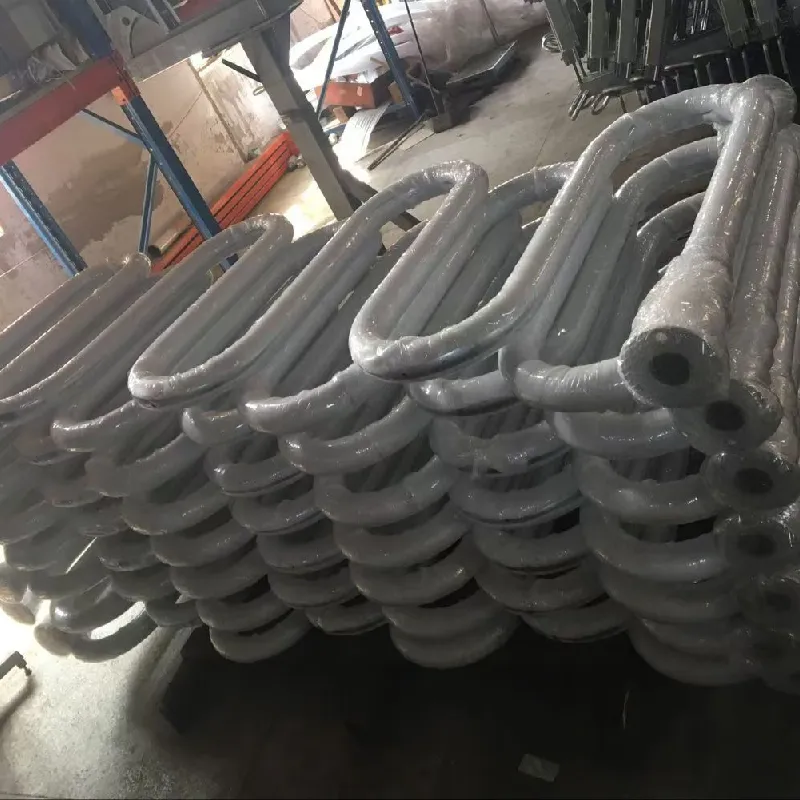Exploring the Importance and Design of Architectural Bollards in Urban Landscape Enhancement
The Architectural Bollard A Blend of Functionality and Aesthetics
In the realm of urban design and architecture, bollards play a multifaceted role that goes beyond mere functionality. Architectural bollards are specifically designed to enhance public spaces while also providing critical safety features. These sturdy installations serve to delineate pedestrian areas, protect buildings from vehicle encroachment, and enhance the overall aesthetic of urban environments.
Historical Context
Bollards have been around for centuries, originally used for mooring ships or securing ropes in port areas. Over time, their purpose has evolved significantly. In contemporary urban settings, they are viewed not only as protective barriers but also as artistic elements that contribute to the character of a place. From simple steel posts to elaborately designed structures, architectural bollards come in an array of shapes, sizes, and materials, reflecting the site’s history and cultural context.
Safety and Security
The primary function of bollards is to enhance safety. In busy urban areas, the risk of vehicle-pedestrian collisions is ever-present. Architectural bollards act as a physical barrier that guides traffic away from pedestrian pathways. They can also protect important buildings, parks, and public spaces from unauthorized vehicle entry, especially in high-profile locations that may be potential terrorist targets.
Modern bollards can be designed to withstand significant force, ensuring that they not only deter accidents but also protect vulnerable spaces effectively. Some bollards are even equipped with hydraulic or automatic mechanisms, allowing them to retract when access is required, proving that functionality can coexist with advanced technology.
Aesthetic Appeal
architectural bollards

While their safety features are paramount, the aesthetic value of architectural bollards cannot be overlooked. Urban spaces are often defined by their visual appeal, and thoughtfully designed bollards can enhance this aspect significantly. Architects and designers have the opportunity to create bollards that reflect local culture, art, and architecture.
For example, in historic districts, bollards may be designed to complement existing architecture, utilizing materials like wrought iron or stone that resonate with the historical context. In contrast, modern developments might lean towards sleek, minimalist designs using materials such as stainless steel or concrete, which embody contemporary style.
Moreover, lighting elements can be integrated into bollard designs, providing illumination at night while enhancing safety and creating a visually striking ambiance. This transformation of a basic utility into a design feature contributes to the overall sensory experience of public spaces.
Environmental Considerations
Architectural bollards can also play a role in promoting sustainability. Eco-friendly materials, such as recycled plastics or sustainably sourced wood, can be utilized in their construction. Furthermore, some designs allow for the incorporation of greenery or planters, contributing to urban biodiversity while softening the often stark urban landscape.
Additionally, with the rise of smart city initiatives, bollards are increasingly being designed to incorporate technology. Solar panels for street lighting or charging stations for electric vehicles can be integrated, turning traditional bollards into multifunctional elements that serve the needs of modern urban life.
Conclusion
As cities continue to evolve and adapt to the needs of their inhabitants, architectural bollards stand at the intersection of safety, design, and environmental stewardship. These versatile structures are not just barriers; they are vital components in the urban aesthetic and functionality landscape. By blending practicality with visual appeal, architectural bollards enhance the experience of public spaces, making our cities safer, more beautiful, and more interconnected. In doing so, they pave the way for a more thoughtful approach to urban planning that respects both the safety and the richness of communal life.
-
The Smarter Choice for Pedestrian AreasNewsJun.30,2025
-
The Gold Standard in Round Drain CoversNewsJun.30,2025
-
The Gold Standard in Manhole Cover SystemsNewsJun.30,2025
-
Superior Drainage Solutions with Premium Gully GratesNewsJun.30,2025
-
Superior Drainage Solutions for Global InfrastructureNewsJun.30,2025
-
Square Manhole Solutions for Modern InfrastructureNewsJun.30,2025
-
Premium Manhole Covers for Modern InfrastructureNewsJun.30,2025
